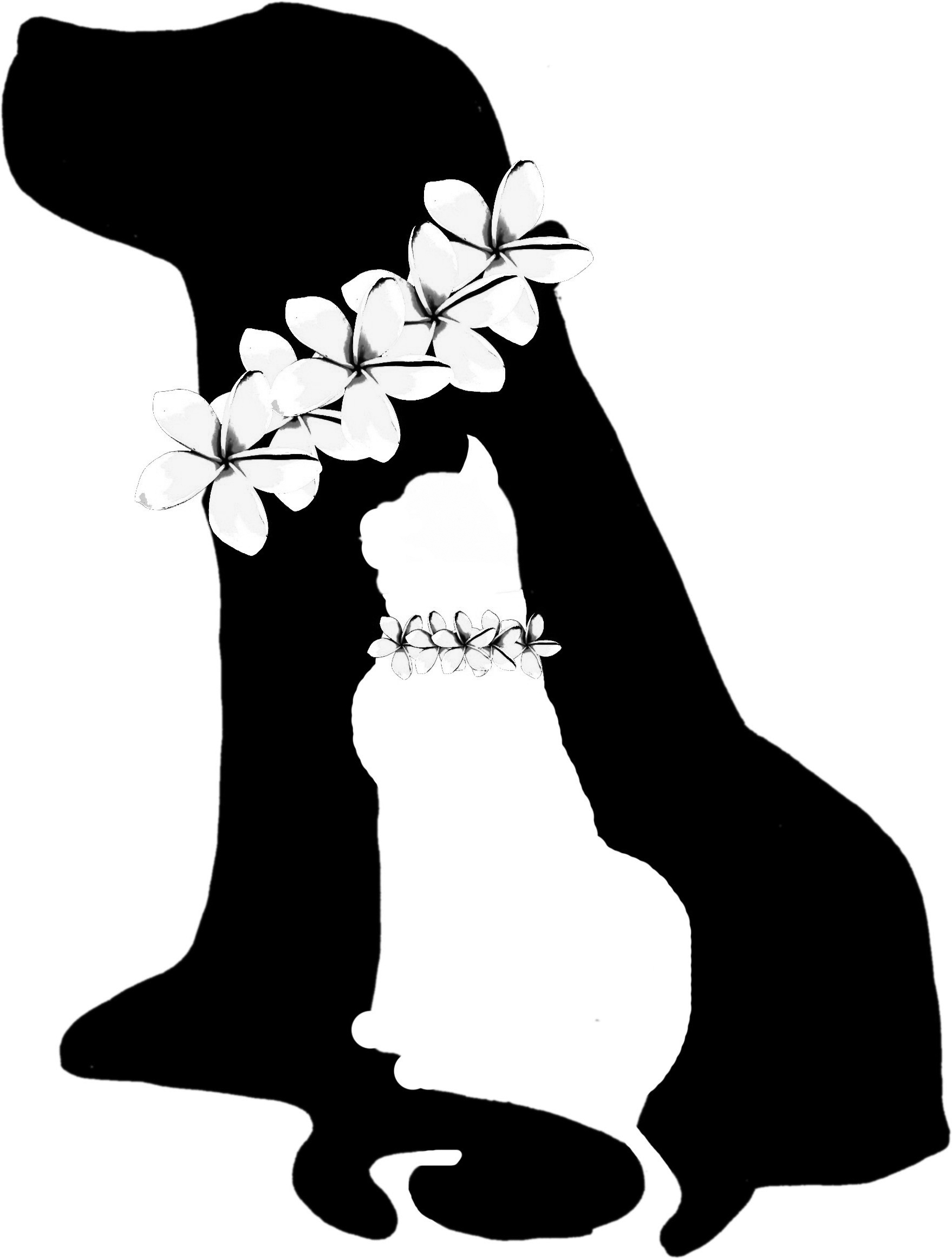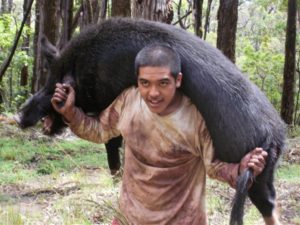Pumpkin Pickin’
.JPG)
.JPG)
.JPG)
More often than not last weekend, when Leenell Hernandez went up for a kill, it was coming down on St. Anthony’s side of the court.
The outside hitter led Molokai High School (MHS) to a pair of wins over the visiting Trojans, tallying 19 kills Friday night in a 3-0 win (25-8, 25-13, 25-23) followed by 12 kills in a 3-1 victory Saturday afternoon (25-20, 25-13, 19-25, 25-16).
.JPG)
Get ready to vote – and this time, instead of casting a ballot for the a U.S. government official, you can have a say in the future of the Reinstated Hawaiian Nation.
On Molokai, the Nation has been holding weekly classes to educate the community on the history of the lawful kingdom and how the public can get involved – particularly by voting in the upcoming elections on Nov. 5. Registration ends Sept. 30, though those who register after that will be counted in an unofficial vote, according to kupuna Moke Kim.
Anyone can vote, even if you are not a citizen of the nation or a Native Hawaiian.
“We need a little kokua for elections to see if people are willing to help and [contribute their] mana`o,” said Duke Kalipi, representative for the Molokai district – one of 24 districts in the reinstated nation.
A three-person conch shell ensemble harmoniously signaled the beginning of Ka La Hanau o Lili`uokalani, the annual observance of Queen Lili`uokalani’s birthday on Sept. 2, 1838. The occasion is observed every year by Molokai’s Hawaiian Language Immersion students from grades pre-K to 12. This year’s celebration was held on Sept. 14 at Lanikeha, Ho`olehua with almost 150 of Molokai’s Hawaiian-speaking student population in attendance along with kupuna and family members.

Community contributed by Brenda K Smith DVM, Molokai Humane Society

Newborn puppies and kittens receive some immunity or protection against disease from their mother's milk during the first few days of their lives. The mother can only pass on the immunity that she herself has, and her ability to do this depends on whether or not she has been properly vaccinated. This protection is only temporary and it declines in the first few weeks of life.
At the same time the maternal antibodies are starting to decrease, the immune system of the puppy or kitten is starting to become effective. It is also during this time that we start to vaccinate pets, in order to let their developing immune system start to produce antibodies to disease.
It is recommended to vaccinate puppies and kittens starting at about eight weeks of age, and continuing every three to four weeks until they are at least 16 weeks old. It takes time for the immune system to respond to the vaccines, usually between 10 and 14 days after the last dose has been given. Until the series of vaccinations is complete, it is very important that you keep your puppy away from other dogs and to avoid places where other dogs might have been.
Older puppies/kittens and adult animals need a series of two vaccines three to four weeks apart to obtain the initial immunity. This is followed by a booster one year after the initial series in all pets, then every one to three years depending on the pet's lifestyle.
As the saying goes, an ounce of prevention is worth a pound of cure. Most veterinary vaccinations are relatively inexpensive, and are substantially less expensive than the cost of treatment for the diseases they protect against. Many dangerous diseases seen in dogs and cats are completely preventable with the right vaccinations.
The Molokai Humane Society offers dog vaccinations for $10 each and cat vaccinations for $20 each. Please call the Molokai Humane Society at 558-0000 for more information. The Molokai Humane Society is open Monday through Thursday 8 a.m. to 1 p.m. with extended hours when we have a vet on island.
Community Contributed by Alestra Menendez, Molokai Art and Media Academy director
Community contributed by Tutu and Me Traveling Preschool
Self-esteem is one’s regard for self. It is how we value ourselves. Most of the feelings about ourselves were established when we were children. Many people suffer from a low self-esteem, which leads to many other problems in their lives. Low self-esteem could, for example, lead to depression and even a life of oppression and crime as one strives to feel good about oneself. Therefore, it is very important, as caregivers of young children, that we help children to develop a healthy self esteem while they are young.

“No dog is worth your life,” says Kaimana He, sitting in front of his house. Small scratches are faintly visible on his face; in the sun, the remnants of bruises are fading around his ribs.
His mother, Tina He-Lindsey, agrees.
“Even with the most experienced people, accidents still happen,” she says.
The pair knows what they’re talking about. It was only weeks earlier that He-Lindsey came home to a jolting phone call from family friend Dolphin Pawn: While trying to retrieve his dogs on a hunting trip with friends through Waialeia Valley that morning, Kaimana had fallen off a ledge more than 40 feet. He had a large gash on his forehead; the full extent of his injuries was unknown. Pawn, who was hunting with a separate party, stumbled across the boys and used his dogs’ GPS collars to pinpoint Kaimana’s location.
Sore and bloody, the 17-year-old would need to be airlifted to a hospital.
“It was a terrible day, our worst nightmare,” He-Lindsey says. “The first thing I did was pray to God to keep him safe, to comfort him and ask my grandfather to watch over him. … When you’re completely helpless to your own child, that’s reason enough to panic.”
The Accident
Kaimana and his friends left Kaunakakai about 4 a.m. on Sept. 3, planning to trek into the Molokai Forest Reserve to hunt boar. For Kaimana, pig-hunting is
.jpg)
Submitted by Diane Abraham
Each month, kumu from a different school island-wide are featured in articles written completely by the keiki to share their experiences with their most beloved teachers. Below are the submissions from seventh grade Molokai Middle School students and fourth grade Kualapu`u School Hawaiian immersion students. Mahalo to Kumu Loke Han of Kualapu`u and Iolani Kuoha of Molokai Middle for gathering the students’ contributions.
Kualapu`u School
Kumu Henohea Linker
`O ka`u kumu punahele `o Kumu Henohea Linker no ka mea
Ho`omake`aka `o ia a hana `o ia i na mea maika`i, na mea le`ale`a
e like me na kemu hana lima. `Olu`olu o Kumu Henohea a a`o
.JPG)
The number of Hawaiian monk seals alive in the world is diminishing rapidly, but officials do not think their fate is sealed. That’s why the National Marine Fisheries Service (NMFS) under the National Oceanic and Atmospheric Administration (NOAA) is proposing actions they believe may help the recovery of the critically endangered species.
Some of those actions include population monitoring, behavior modification of seals (to discourage human interaction), health and disease control and translocation. While a few of these activities are already practiced under current federal permits, the NMFS is seeking new permits to implement and allow more actions.
The impact of these actions is currently being examined through a process called a Programmatic Environment Impact Statement (PEIS.) That process involves the collection of data, the examination of environmental, cultural and social impacts of the proposed recovery actions and public feedback.
In a hearing about the PEIS held on Molokai last Thursday, community members and fishermen offered their opinion on the proposals. Many expressed concerns about the large amount of fish Hawaiian monk seals eat – fish that they say could be going to feed their families.
“The point we are trying to make is fish is very important food source for us,” said fisherman Walter Naki.
Others didn’t support officials tampering with nature.
“We love the monk seals but we have to find the right balance – we are not God to say we’re going to put them here because they’re extinct,” said resident Eddie Tanaka.